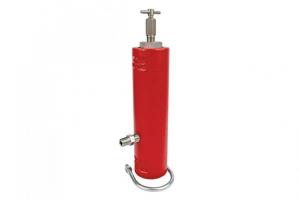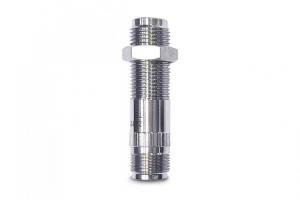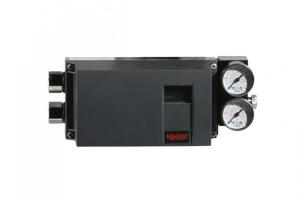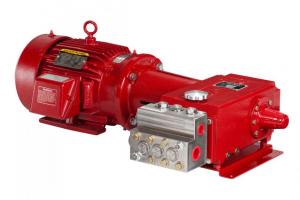You may be at an early stage in your oil and gas automation journey. You know exactly how to use conventional controllers, and you’re comfortable with them. But you’ve also heard about the advantages of being able to see your site conditions from one central place without driving your route. Sounds interesting, but you’re not sure where to start.
Or, maybe you’ve already incorporated some automation at your facilities. You know how remote communication works, but you wonder if the initial cost of programming and parts is really worth it.
In this video, Kyle introduces a solution that addresses both of these concerns: The Electric Valve Controller.
Oil and Gas Automation Made Simple
The Electric Valve Controller is a compact, easy-to-use solution for oil and gas automation, including remote monitoring and control of your production.
The controller is a package of six components:
- Transducer (comes with Kimray's Electric Pilot)
- Electric Pilot
- I/P Positioner
- Drip Pot
- Supply Gas Regulator
- High Pressure Control Valve
Let’s walk through what each of these parts does:
- The Transducer receives process pressure and gives a raw 4-20mA signal to the pilot.
- The Electric Pilot takes that signal and converts it to a proportional 4-20mA signal and sends that to the I/P Positioner.
- The I/P Positioner receives this electric input signal as well as a supply gas input.
- The supply gas input comes through the Drip Pot, which removes excess liquids, and the Supply Gas Regulator, which keeps the pressure to a manageable level to allow an adequate feed with input to the I/P.
- The I/P Positioner converts that electric input signal to a corresponding 6-30 PSI output signal and sends that level of supply gas to the High Pressure Control Valve.
4 Key Advantages of the Electric Valve Controller
Producers who use the Electric Valve Controller have reported four key advantages:
- It’s easy to use. The pilot features a simple 3-button interface that makes programming and changing set points fast and easy for any operator.
- It’s cost effective. At this point, you may not need a complex, multi-channel system for your site. With the Electric Valve Controller, you can automate one controller per valve without the use of an RTU or PLC. The components of the controller can also be replaced individually, so if one piece is having issues, the replacement cost is much less than replacing an entire unit.
- It has a low power draw. The EVC requires a low-voltage power supply, and operators have successfully and consistently run the EVC on solar power, even in commonly overcast regions of the U.S.
- A fourth advantage is the pilot’s standard override feature. In an upset condition, the pilot will receive a signal from another controller as a discrete input. The discrete input overrides the analog output to the I/P. This forces the valve to its fail position and provides an output signal to an alarm or other device.
Examples of a discrete override include:
- High or low pressure
- High or low temperature
- High or low flow
- High or low liquid level
Where Can I Use the Electric Valve Controller?
You can use the Electric Valve Controller in the following applications:
- Back pressure on a separator
- Suction control on a compressor
- Pressure differential on a meter run
- Hi-low gap control on the inlet of a gas processing unit
- It can handle higher pressure applications than most pilot-operated pneumatic packages
At Kimray we help energy producers solve their biggest control challenges. To speak with an expert about how to get started automating your valves, contact your local Kimray store or authorized distributor.
Want to see how easy it is to set up the Electric Pilot? Watch this next video.




























